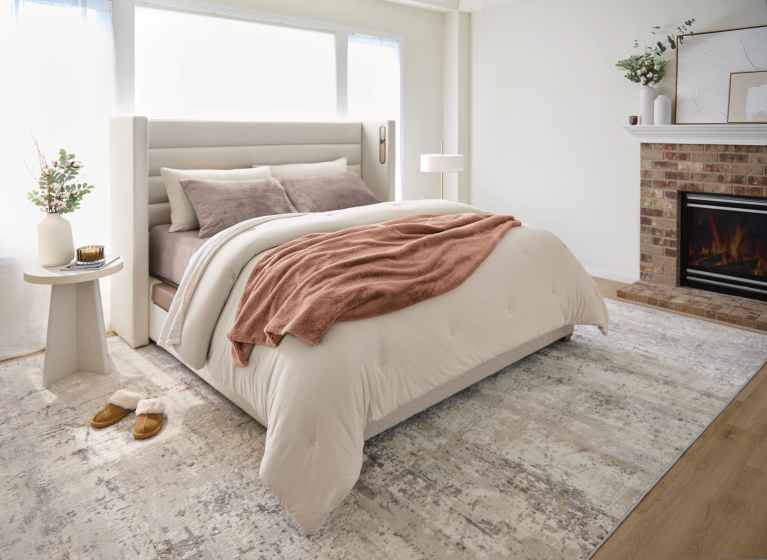
Sleep is one of the most essential pillars of health, yet it’s often disrupted by stress, lifestyle habits, and even our relationships. Whether you sleep alone, with a partner, or in a busy household, improving your sleep starts with understanding how your environment, emotions and routines affect your rest.
1. Know Your Sleep Style
Everyone has a unique sleep personality. Some people fall asleep quickly and wake up early, while others are night owls who need more time to wind down. Recognizing your natural rhythm helps you build a routine that supports your body’s needs.
Try this: Track your sleep for a week to identify patterns. Use the Sleep Number® App to get personalized sleep insights and understand your sleep.
